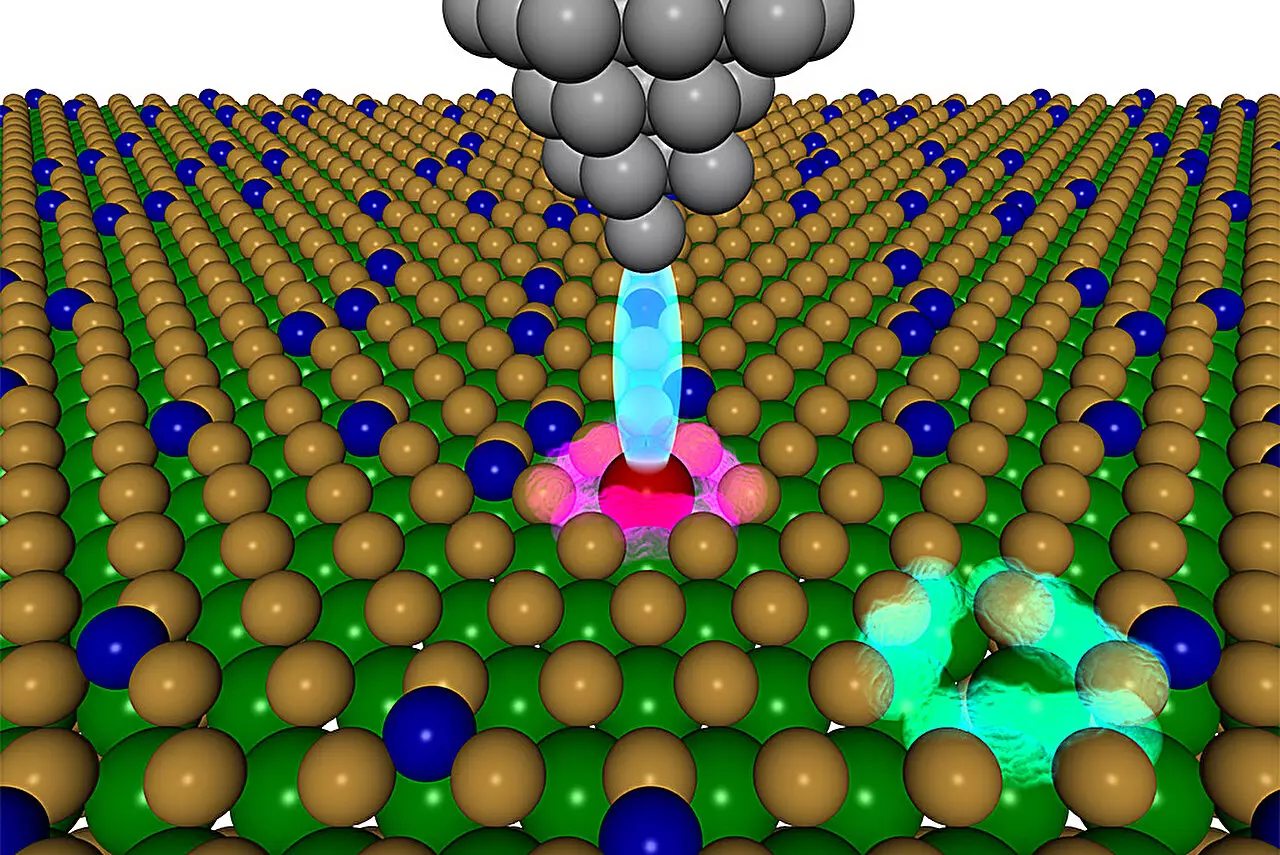The relentless pursuit of breakthroughs in quantum materials is currently being transformed by innovative methods developed by researchers at the Department of Energy’s Lawrence Berkeley National Laboratory (Berkeley Lab), alongside collaborators from prestigious institutions like Dartmouth College and Penn State. Their groundbreaking study, which was recently published in *Nature Communications*, shifts the paradigm by integrating rapid computational analysis with precise fabrication techniques to streamline the process of discovering materials tailored for quantum applications. This not only enhances the pace of discovery but also broadens the horizon of what is possible within the realms of computing, communications, and sensory technologies.
Transforming Traditional Methods
Historically, the search for functional quantum defects in materials has resembled a game of trial and error. Researchers often expended decades exploring one defect at a time, only to uncover properties that could be optimized after the fact. By flipping this antiquated approach, this recent study has ingeniously proposed a combination of theoretical predictions and real-world experimentation. Alex Weber-Bargioni, one of the leading scientists involved in this research, emphasizes that “theoretical screening guides the targeted use of atomic-scale fabrication,” indicating that a symbiotic relationship between computational analysis and hands-on experimentation could lead to more efficient discoveries.
Utilizing high-throughput computational methods to sift through over 750 potential defects in two-dimensional (2D) materials like tungsten disulfide (WS2), researchers can now pinpoint a much smaller batch of promising candidates for further investigation. The implications of this research extend far beyond mere efficiency; it signifies a monumental shift toward utilizing predictive modeling as a guiding force in material science.
The Power of Atomic Manipulation
One particularly exciting aspect of this study is its approach to fabricating the identified defects. Researchers discovered that functional quantum defects could be achieved by intentionally introducing specific missing atoms, to “create holes” in the lattice of 2D materials. This innovative method is akin to sculpting at the atomic level, where researchers meticulously select locations for element substitution to yield desired electronic properties. This type of atomic precision allows for the deliberate creation of defects that hold the potential for groundbreaking applications in quantum communication, where the ability to encode and transmit information using light is paramount.
Through the adept manipulation of atoms using sophisticated tools such as scanning tunneling microscopes, researchers can directly insert cobalt atoms into defects with unmatched accuracy. This level of control stands in stark contrast to traditional techniques that lacked the precision necessary to create consistent quantum defects. John Thomas, a postdoctoral researcher involved in the project, describes the process: “We’re essentially playing with atoms like LEGO bricks.” This playful yet meticulous approach to atomic assembly opens the door for the production of identical defects essential for quantum entanglement—a process fundamental for efficient quantum communication systems.
Database Development and Community Collaboration
Moreover, the researchers are not only publishing their findings but are also creating a valuable resource for the scientific community. The Quantum Defect Genome database offers an innovative platform for sharing the results and inviting global contributions. This collaborative spirit serves to accelerate progress in the field of quantum materials by enabling other researchers to build on their work, fostering an environment of shared knowledge and cooperative advancement.
Geoffroy Hautier, a critical figure in the research, highlights the importance of collaboration between theorists and experimentalists, stating that “our secret sauce was how the theorists and experimentalists collaborated.” This synergy facilitates real-time feedback and adaptation, resulting in a more cohesive research effort that is likely to yield significant advancements in quantum material functionality.
Looking Ahead: The Quest for Optimal Defect Properties
With the initial findings demonstrating a particularly promising cobalt defect, the team aims to refine its properties further and extend their approach to other materials. The potential ramifications are tremendous; as researchers explore how to fortify these defects against external disturbances—such as minute vibrations—their utility in practical applications increases. The prospect of engineering defects shielded from environmental interference could lead to superior performance in quantum technologies.
As Weber-Bargioni notes, the possibility of devising materials with functionalities yet to be imagined underscores the importance of utilizing computational modeling as a primary tool in material science. This research is set to redefine standards and expectations, expanding our intellectual toolkit as we venture into the intricate world of quantum materials.
While the study laid a robust foundation for future inquiry, the road ahead remains steeped in challenging questions. Each answered query unveils new layers of complexity in materials science. The journey is both daunting and exhilarating—one that holds the promise of unlocking the full potential of quantum technologies and ultimately redefining the capabilities of modern computing and communication.


Leave a Reply